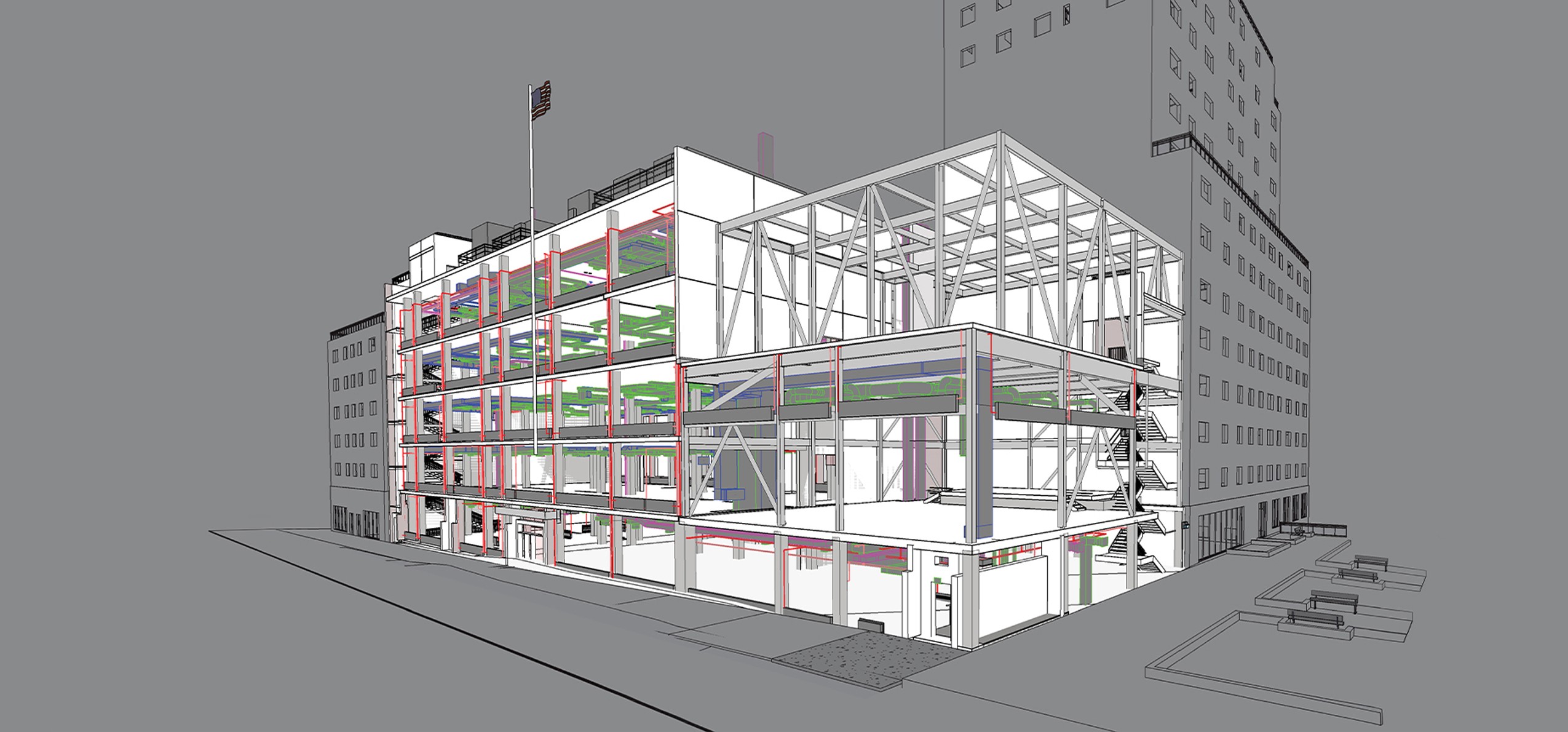dD+P recently performed a post-occupancy evaluation of the energy system at the Ellman-Raiselis Residence, a Passive House in Westchester County designed by the studio in collaboration with homeowners, Fred Ellman and Joan Raiselis. Between the total electricity consumed and the total electricity generated by the roof-top photovoltaic (PV) solar array, the house has been able to achieve 71% of its net-zero goal. By analyzing 3 ½ years of utility bills and photovoltaic data, it is clear that, as expected, energy consumption is highest in the winter and summer months due to heating and air conditioning. The “shoulder” months in the spring and fall conversely show the highest supply back into the grid.
Due to budgetary constraints, shading devices on the south elevation were omitted during construction. The installation of these will undoubtedly reduce consumption in the summer months and close the overall gap between energy generated and consumed. The owners are also considering installing a Sense electricity monitoring device to root out any “vampire loads” (also known as “phantom loads”), and so reduce consumption year-round. Less readily quantifiable is the house’s comfort level, which the owner’s report is exceptional due to the consistent temperatures and complete quiet in the house.
Further improvements and adaptations will continue to help close the house’s net-zero goal gap. As of this moment, the PV system has generated 24.415 MWh of electricity, avoided 17,530 kg of CO2 emissions – the equivalent of almost 300 trees planted – and, in its own small way, is contributing to a more sustainable future for the planet.




